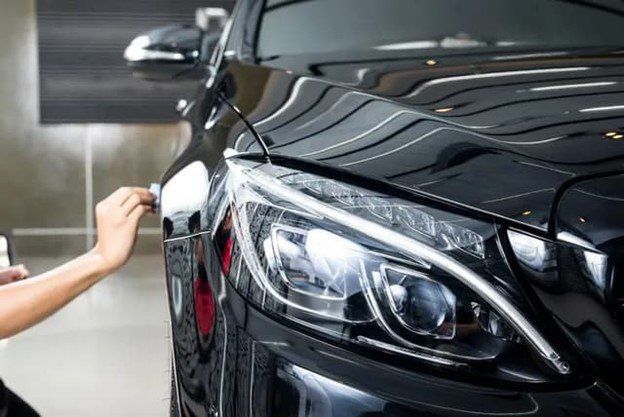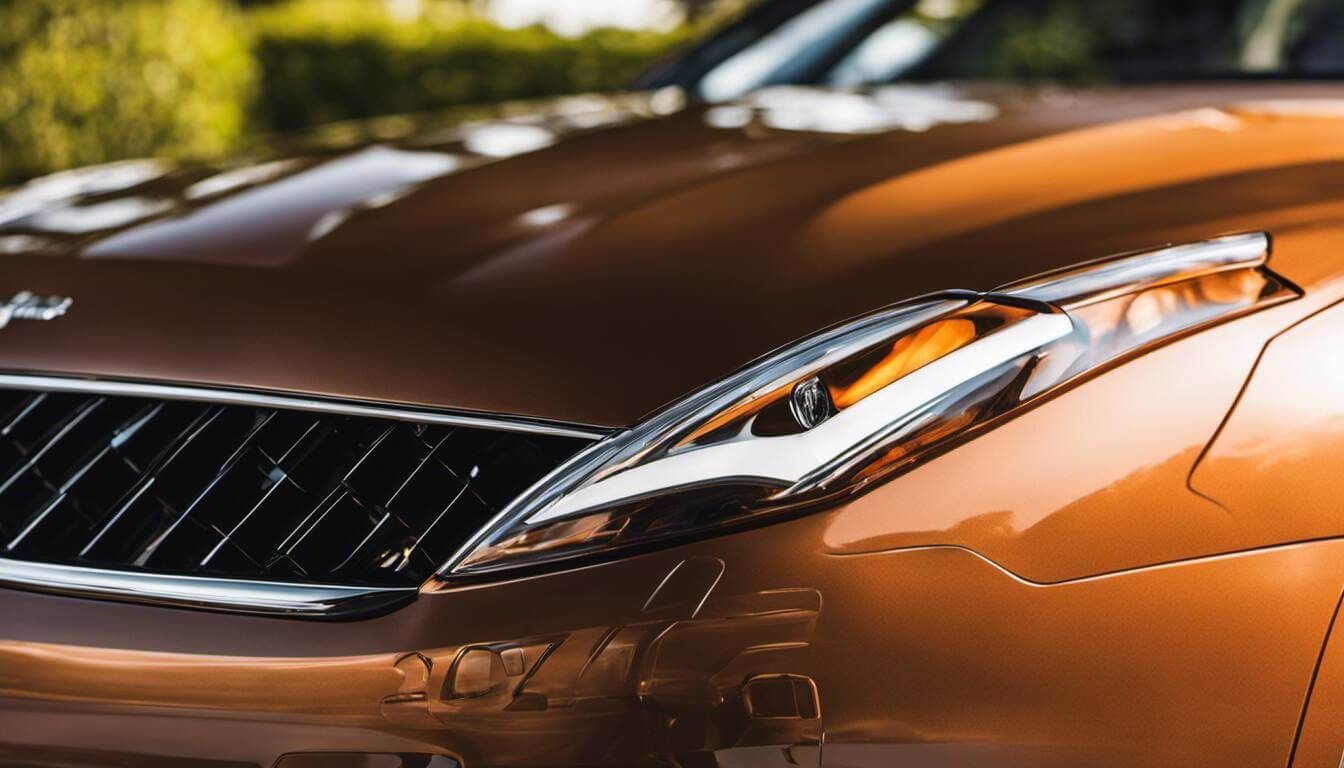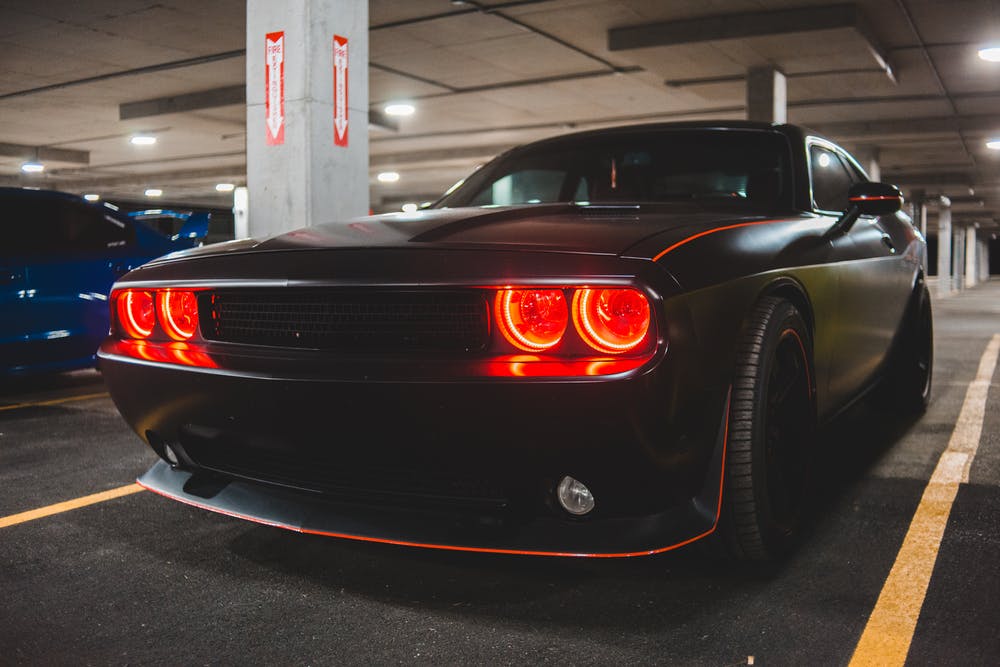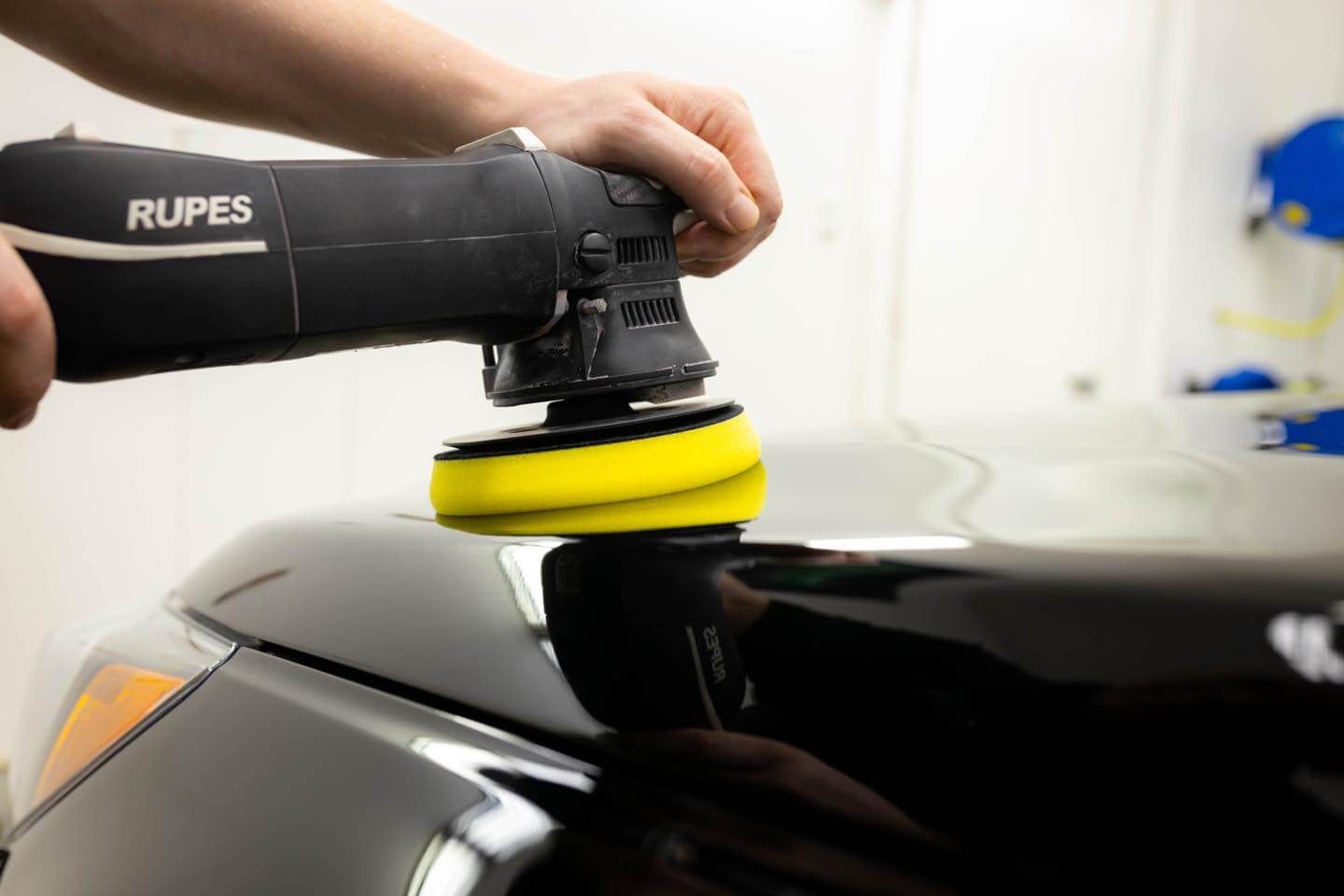Ceramic coating has revolutionized vehicle protection, but many car owners wonder exactly how this advanced technology works. Understanding the scientific functioning of ceramic coating explains why it has become the industry standard for paint protection, significantly outperforming traditional waxes and sealants in terms of durability and performance.
The Foundation: Nanotechnology and Molecular Science
At its core, ceramic coating relies on nanotechnology engineering at the molecular level. When we talk about "nano," we're discussing particles measured in nanometers, where one nanometer equals one billionth of a meter. To put it in perspective, if a marble were one nanometer wide, the Earth would be one meter wide.
This microscopic scale is crucial because it allows ceramic coating particles to penetrate even the most minor imperfections in your vehicle's clear coat. The coating's primary components include silicon dioxide (SiO2) and titanium dioxide (TiO2) nanoparticles suspended in a liquid polymer carrier.

How Ceramic Coating Bonds to Your Vehicle
The bonding process begins when the liquid ceramic coating is applied to your vehicle's surface. Unlike wax that sits on top of the paint, ceramic coating undergoes a chemical reaction that creates permanent molecular bonds with the clear coat.
During the application process, the carrier liquid evaporates, leaving behind the ceramic nanoparticles. These particles cross-link with each other and chemically bond to the paint surface, forming a crystalline structure. This process, known as polymerization, creates a new protective layer that becomes an integral part of your vehicle's surface, rather than just coating it.
The resulting bond is powerful, achieving hardness levels up to 9H on the pencil hardness scale, making it significantly more complex than traditional wax or even your vehicle's original clear coat.
The Science Behind Hydrophobic Properties
One of ceramic coating's most impressive features is its hydrophobic behavior. This water-repelling characteristic results from the molecular structure created during the bonding process.
The cured ceramic surface has extremely low surface energy, meaning water molecules cannot easily adhere to it. Instead, water forms tight, spherical droplets that bead up and roll off the surface, carrying dirt, dust, and contaminants with them. This self-cleaning effect occurs because the smooth, uniform surface at the molecular level provides fewer anchor points for contaminants to attach.
The contact angle—the angle at which water meets the surface—typically exceeds 100 degrees on properly applied ceramic coating, creating the characteristic beading effect that makes washing your vehicle significantly easier.

UV Protection Through Molecular Barriers
Ceramic coatings offer exceptional UV protection due to their unique molecular composition. The titanium dioxide (TiO2) nanoparticles act as UV filters, absorbing and scattering harmful ultraviolet radiation before it can penetrate to the paint beneath.
This protection operates similarly to sunscreen for your vehicle. The ceramic layer reflects UV rays away from the paint surface, preventing oxidation, fading, and apparent coat degradation that typically occur with prolonged exposure to the sun. Studies show that quality ceramic coatings can reduce UV-related paint damage by approximately 90% compared to unprotected surfaces.
Chemical Resistance at the Molecular Level
The cross-linked molecular structure of cured ceramic coating creates exceptional chemical resistance. Common contaminants, such as bird droppings, tree sap, road salt, and acid rain, cannot easily penetrate this barrier.
When acidic substances come into contact with the ceramic surface, they interact with the protective layer rather than reaching the paint underneath. This gives you time to remove contaminants before they can cause permanent damage safely. The chemical bonds formed during curing are stable and resistant to most environmental chemicals encountered during everyday driving.
Thickness and Coverage: Measured in Microns
Professional ceramic coatings typically cure to a thickness of 1-4 microns—incredibly thin yet remarkably protective. This ultra-thin profile ensures the coating doesn't alter your vehicle's appearance while providing substantial protection.
The coating flows into microscopic imperfections in the clear coat, essentially filling valleys and creating a more uniform surface. This leveling effect not only enhances protection but also improves the depth and clarity of your paint's appearance.
Why Ceramic Coating Outperforms Traditional Protection
Traditional waxes and sealants operate through different mechanisms, which makes them less effective. Wax simply sits on the surface without forming chemical bonds, making it vulnerable to washing away. Polymer sealants form weak bonds but lack the durability and chemical resistance of ceramic coatings.
Ceramic coating's molecular bonding creates a permanent modification to your vehicle's surface. This is why professional paint correction is essential before application—once bonded, ceramic coating essentially becomes part of your vehicle's finish.
The Curing Process: From Liquid to Protective Shield
Understanding the curing process helps explain why professional expertise is required for ceramic coating installation. After application, the coating undergoes several stages of curing. Initial flash-off occurs within minutes as carrier solvents evaporate. However, complete molecular cross-linking can take several weeks to appear.
During this curing period, the coating gradually reaches its maximum hardness and chemical resistance. Environmental factors, such as temperature and humidity, significantly affect this process, which is why professional installation in controlled conditions ensures optimal results.

Advanced Formulations and Self-Healing Properties
Recent advances in ceramic coating technology have introduced self-healing capabilities. Some formulations include flexible polymers that can "flow" back together when subjected to heat, effectively healing minor scratches and swirl marks.
This self-healing occurs at the molecular level, where thermal energy allows the ceramic structure to reorganize and fill minor surface imperfections. This technology, although not magical, is at the forefront of automotive protection science.
Long-Term Performance and Durability
The molecular stability of properly applied ceramic coating explains its impressive longevity. Unlike organic compounds that break down under UV exposure, the inorganic ceramic structure remains stable for years.
Quality ceramic coatings maintain their protective properties because the chemical bonds formed during curing don't degrade under normal environmental conditions. This molecular stability is why ceramic coating maintenance focuses on preserving the surface rather than reapplying protection.
Professional Application: Why Expertise Matters
The sophisticated chemistry behind ceramic coating demands precise application techniques. Factors such as surface preparation, environmental conditions, application thickness, and curing time all impact the final molecular structure.
Professional installers understand how temperature, humidity, and contamination affect the bonding process. They also possess the skills to ensure even application, which maximizes the coating's protective properties and enhances its appearance.
The nanotechnology behind ceramic coating represents a remarkable advancement in vehicle protection. By understanding how these microscopic particles bond at the molecular level to create hydrophobic, UV-resistant, and chemically resistant barriers, you can appreciate why ceramic coating has become the preferred choice for serious vehicle protection.
At Five Star Automotive Detailing, we understand the intricate science behind ceramic coating technology and the precise application techniques required to maximize its protective benefits. Our expertise ensures that your vehicle receives the full advantages this remarkable technology offers.
To learn more about preparing your vehicle for ceramic coating application, we invite you to read our detailed guide on professional paint correction services.
Ready to Experience Advanced Paint Protection?
UV rays, chemical contaminants, and environmental hazards constantly expose your vehicle to threats that can cause permanent damage to its paint. Five Star Automotive Detailing transforms your vehicle's protection using cutting-edge ceramic coating technology that bonds at the molecular level.
As certified master installers for premium ceramic coating brands, we combine scientific precision with years of hands-on expertise. Our meticulous application process ensures optimal results. This ceramic coating provides bonding, maximum durability, and exceptional appearance enhancement, ensuring your vehicle maintains a showroom-fresh appearance for years.
Are you ready to protect your investment with the most advanced paint protection technology available? Contact our expert team to schedule your ceramic coating consultation and discover how nanotechnology can transform your vehicle's protection and appearance.
Don't let another day pass with your paint exposed to permanent damage. Take action now to secure lasting protection for your vehicle.






